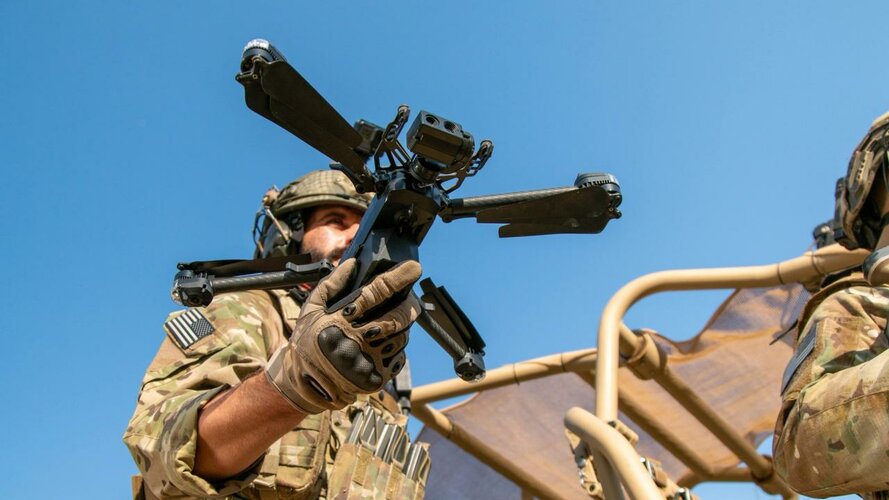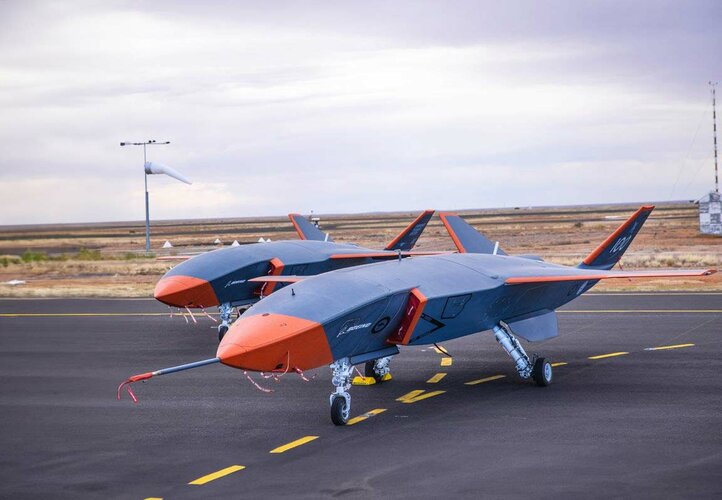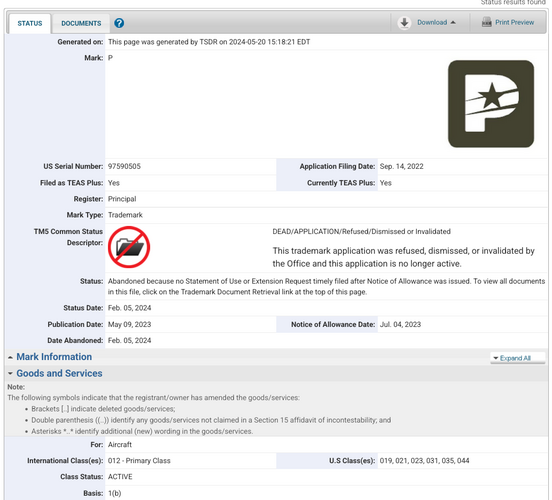You are obviously THE U.S. DoD designations specialist, and I dare not contend with anything you write! However, I'm puzzled by your assertion that "the low H numbers were not intended to form the start of a new series." If I understand correctly, the argument is that it was just convenient to redesignate the old types: HO-4, -5 and -6 simply became H-4 to -6 with the "O" prefix; "HU-1 became H-1 with the "U" prefix; HU2K became H-2... But that logic also presided over the changes in the other series you've mentioned as being properly "restarted"... F-1 to F-11 were redesignations, too! And yet F-12 and F-14 came afterwards, not F-112 and F-113 (I know some will contend that the case of the F- series is unique because it served to hide foreign evaluations...). So to me the argument is not entirely convincing. I have a theory concerning the Air Force's rejection of the tri-service T- and H- series: they consisted of Navy and Army aircraft only, and they would have none of it!
As I said, I don't know
why the low-numbered H and T designations were not planned to be the start of a new continuous series. My guess (conveniently keeping numbers) may be just wrong, but I stick to it, because there is a lot of evidence, that "keeping the number" was an important principle, followed as often as possible. Also, your assertion that the USAF rejected to continue "low numbered" H and T series because they were all Army/Navy planes, would also have applied to C. C-1 to C-3 were also all Navy.
You forgot to mention the V- list, which was restarted from V-1 (and which also consisted of redesignated types at first);
I didn't forget it, I left it out on purpose

. The USAF "V" series (for "Convertiplane") was short-lived and obsolete by 1962. The letter was effectively up-for-grabs in the new 1962 system, and was used for a different purpose, namely "STOL/VTOL". So it basically a no-brainer to start this series from 1 (and re-integrate the only surviving convertiplane into it without changing its number).
I can see no reason why the N-156F (which never received a designation prior to 1962) became the F-5, while the Convair GD-12, developed after 1962, became the F-111...
The designation
F-111A was allocated to the TFX program in late 1961 (19 Dec 61, to be exact). So using the old system for this designation was justified, I'd say. The Navy also allocated "old-style" designations up until 6 July 62, when the new system came into effect for new allocations.
For
F-5A, I don't have such exact evidence. For all I know, they
could have designated it just as well as the F-112, immediately before the new MDS system became mandatory. Or as the F-12, immediately after that.
My pet hypothesis goes like this:
The whole redesignation effort must have been quite a bureaucratic nightmare. Once you have designed your new designation system, you have to collect
all active designations from all three services, and if they don't comply with the new system (which was true for all Navy ones), somehow find new designations in the new system. I imagine a kind of committee, consisting of Air Force, Navy and Army representatives. Also, we know, that "keeping the number" was an important principle for finding new MDS slots for old Navy designations. Now consider the upcoming F-series, in the spring of 1962:
- The following fighter models were listed in the Navy's inventory (some almost gone, some brand new): F3D, F4D, F9F, F11F, F2H, F3H, F4H, FJ, F8U, F2Y (a single YF2Y-1 still lingering on in some far corner of the inventory list).
- Most important fighters at that time were the F8U and F4H, so keep the numbers for those -> F-4 and F-8
- Following the example of F4H, F2H and F3H get F-2 and F-3
- Grumman is also important

, so change their F9F and F11F to F-9 and F-11.
- FJ has an "implicit 1" in it, so give it F-1.
- That leaves 3 models (F3D, F4D, F2Y) and 4 F-numbers (F-5, 6, 7, 10). No matter what you do, you have one open F-number too many (because you granted the F11F crowd the F-11 number, even though only 10 Navy models needed redesignation).
- But then a USAF guy in the alleged committee speaks up and says that they need a new F-designation for a new fighter (the N-156F) anyway, and they can just as well take one of the 4 remaining slots. So the numbers 5, 6, 7, 10 are allocated (by rolling the dice or whatever

), and everyone is happy.
The chances that my hypothesis is true, are essentially zero. But my point is: The whole process was not entirely trivial, and probably needed lots of discussions and compromises. And the USAF's new N-156F was somehow squeezed in, and happened to end up with the F-5 number for no particular reason.
As a final note to all that: The Navy's remaining YF2Y-1 was finally stricken from the inventory in July 1962, immediately
before the new system became effective, but (presumably)
after the whole redesignation list had been finalized for good.




